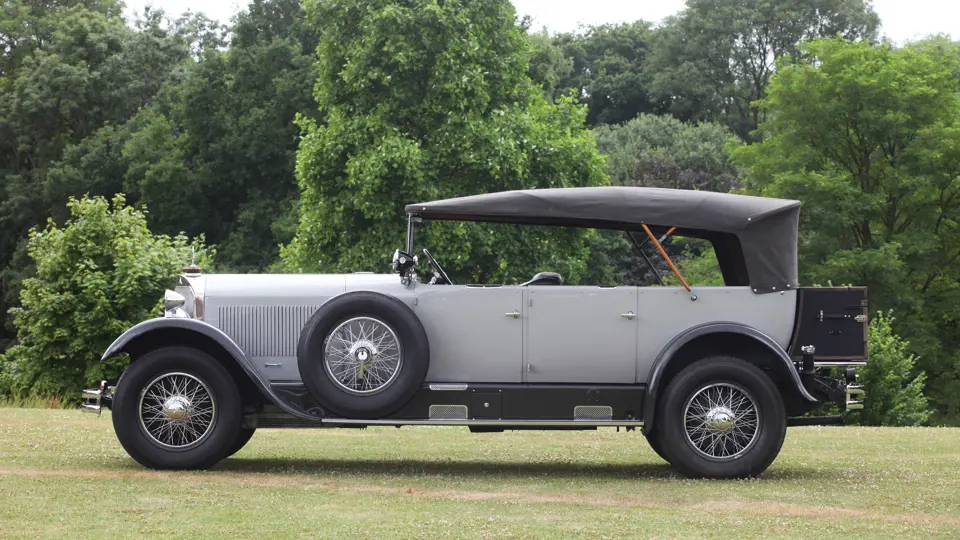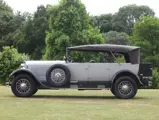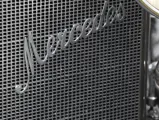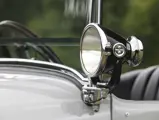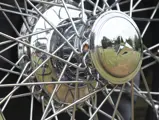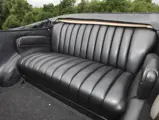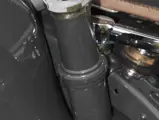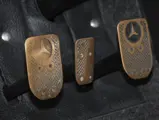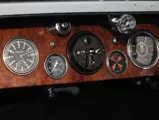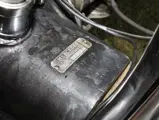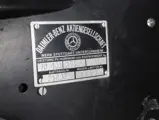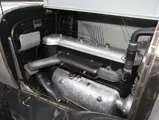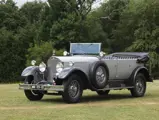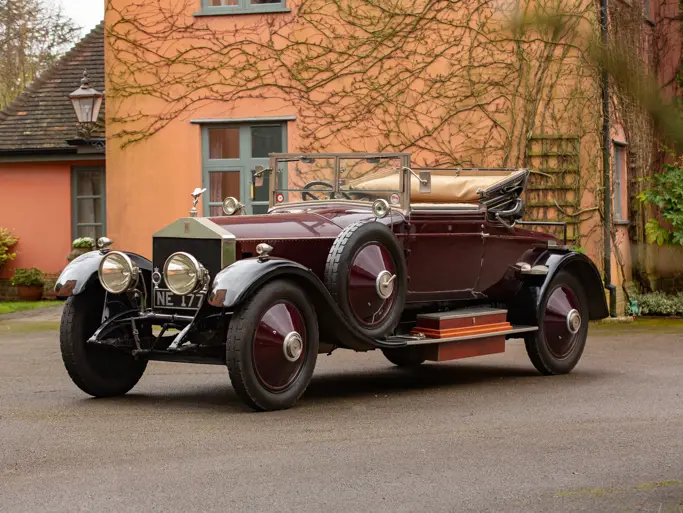15/70/100 hp, 3,920 cc supercharged overhead-cam inline six-cylinder engine, four-speed manual gearbox, solid front axle and live rear axle with semi-elliptic leaf springs, and four-wheel mechanical drum brakes. Wheelbase: 3,630 mm
The formation of Daimler-Benz AG in 1926 begat a transitional series of models, which had their origins in the former companies Benz & Cie. and Daimler Motoren Gesellschaft. Amongst these was the Mercedes 15/70/100 PS, renamed as the Type 400 when the lines were combined. Gottlieb Daimler’s son, Paul, the technical director of DMG from 1907, moved on to Horch in 1922. His successor was an Austro-German engineer named Ferdinand Porsche.
Born at Maffersdorf, in what was then Bohemia, Porsche apprenticed as a tinsmith whilst studying at trade school in Reichenberg, where he learned the basics of electrical engineering. At age 19, he joined the United Electric Company, in Vienna, whilst attending the technical university. He joined Jacob Lohner as a design engineer and began working on battery-electric and petrol-electric vehicles; it is his name that is applied to the Lohner-Porsche front-wheel and all-wheel electric-drive cars.
In 1906, he signed on at Oesterreichische Daimler-Werke AG, becoming Austro-Daimler’s technical director, where one of his first tasks was the design of an aero engine. He also designed a number of high-performance cars and became an accomplished rally driver. Military projects occupied much of the 1911–1918 period, including electric-drive heavy vehicles that would be built by Škoda. After the Great War he created the 15 PS “Sascha”, a light car with a 1,100-cubic centimetre, double overhead-cam engine.
A disagreement with the Austro-Daimler board led to his departure, and he moved to Stuttgart in 1922, where he became the technical director of DMG. A supercharged inline eight for the Targa Florio served as a precursor to the 15/70/100 Tourer, which also had the supercharger, but it came with only six-cylinders. Advanced features included a light alloy cylinder block, dual ignition, a unit gearbox, and four-wheel brakes.
This transitional Mercedes is both huge and handsome. This massive Tourer, of seven-passenger configuration, is grey in colour and upholstered in black leather with a matching carpet. The instrument panel is an attractive varnished burl and houses oil and temperature gauges, a speedometer, and a clock. The wings are a charcoal hue, set off nicely by a dark grey hood, and the underside shows just a bit of soil. Otherwise, the car is very sanitary, inside and out.
Porsche’s supercharged, alloy, overhead-cam powerplant takes pride of place in the engine room, with polished aluminium and black paint. It is nicely detailed without being overdone, and the undercarriage is similar in condition. At the rear is a handsome form-fitted trunk by Ernest Chevallier, of Geneva.
The paint and brightwork are all in good condition, with the latter including Robert Bosch headlamps, side lamps that are nearly as large, and an external Bosch horn. There are also Bosch spotlights on both windscreen posts, dual side-mounted spares, and the tyres are Michelin X radials, for a better driving experience. Interestingly, the kommission papers supplied with the car indicate that the engine and chassis, which are matching according to the numbers they display, were originally beneath a Pullman limousine. The number displayed on the original body plate is different than that shown on the kommission sheet, so it is believed that this is an original tourer body that was swapped long ago, possibly in period. In any case, this mighty Mercedes is also accompanied by FIVA identity papers that were issued in 1996 and several service invoices from 2000. Ready for rally or a European tour, this mighty Mercedes can be displayed with pride.


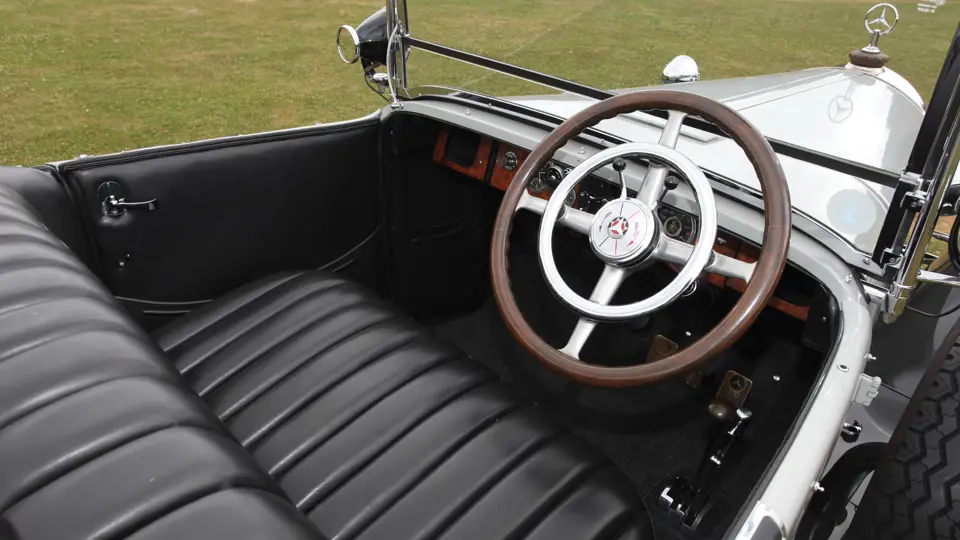

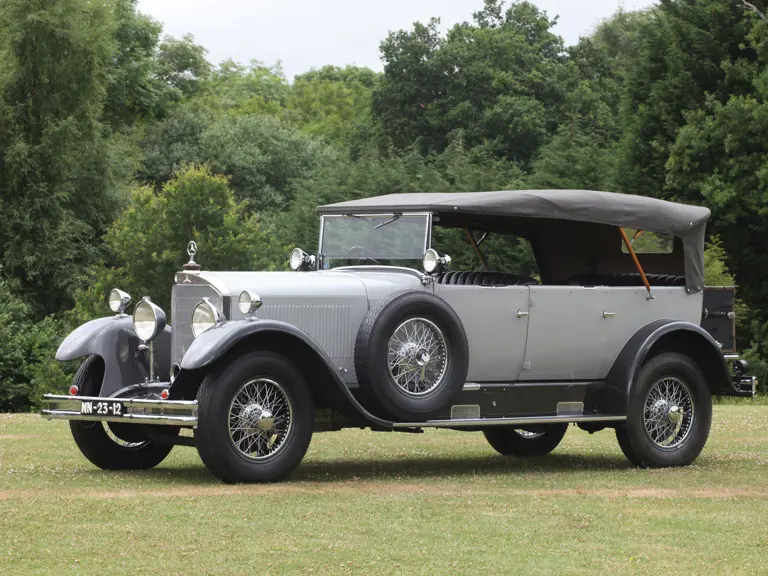

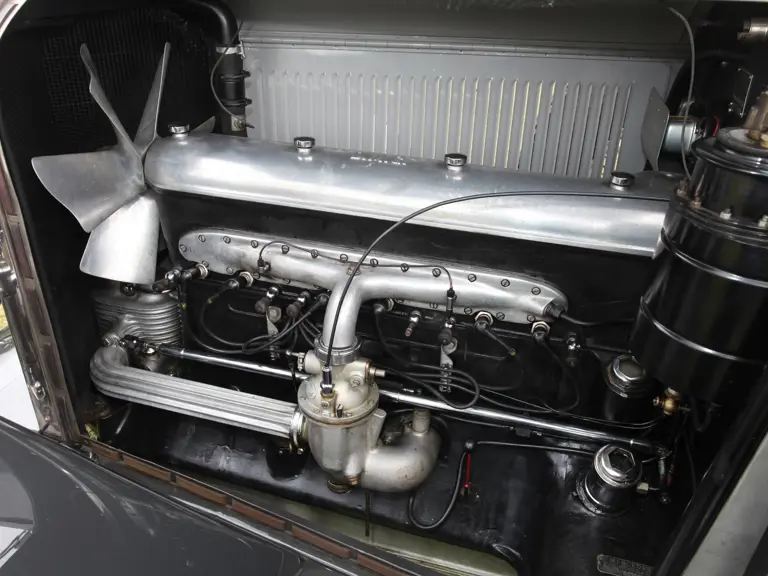

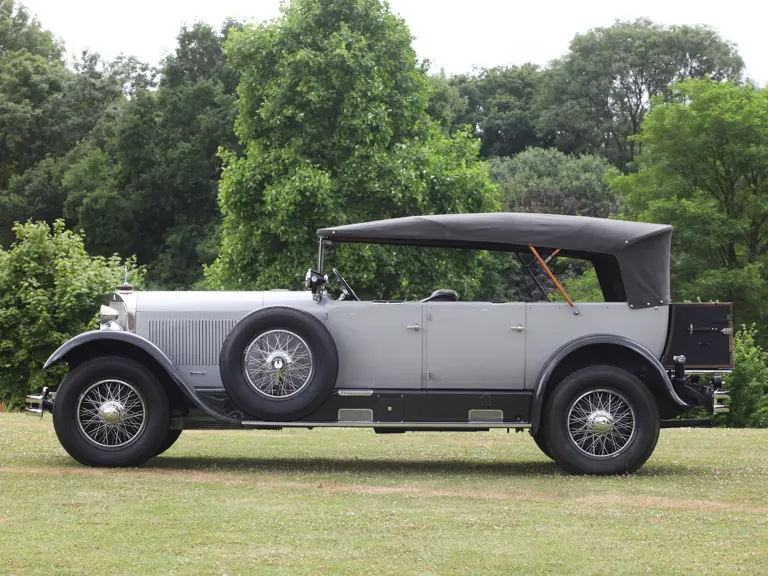
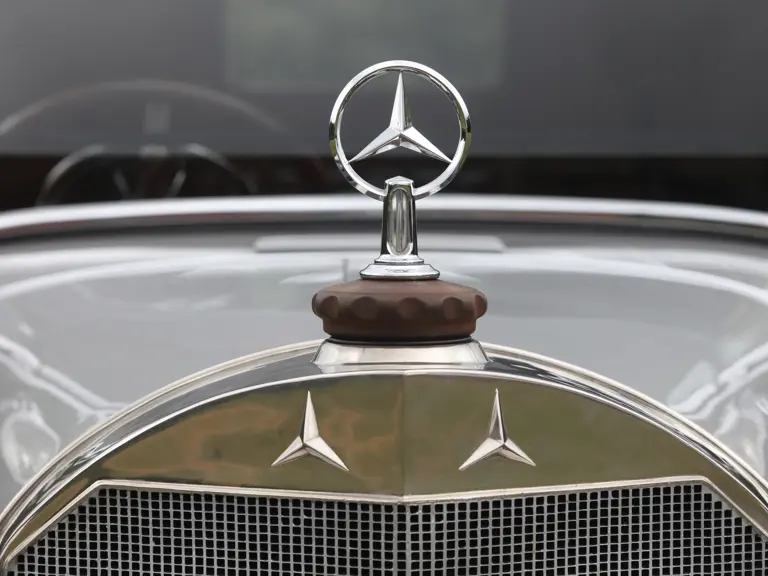
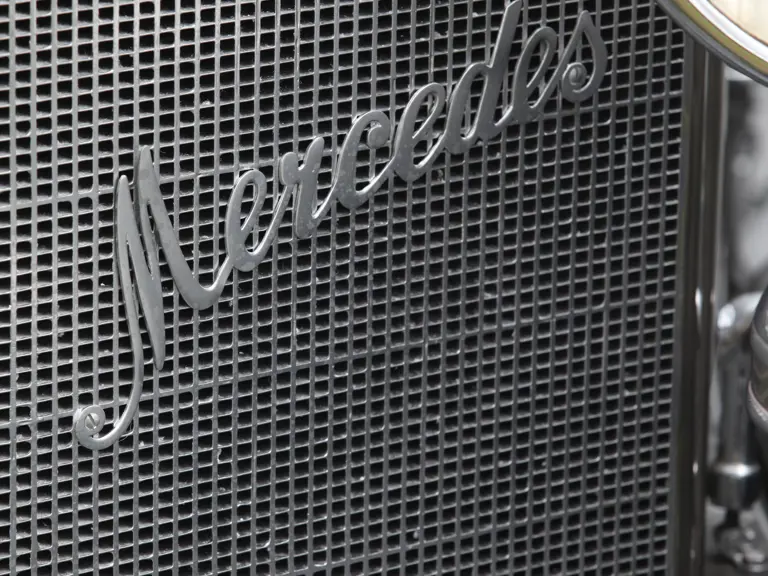
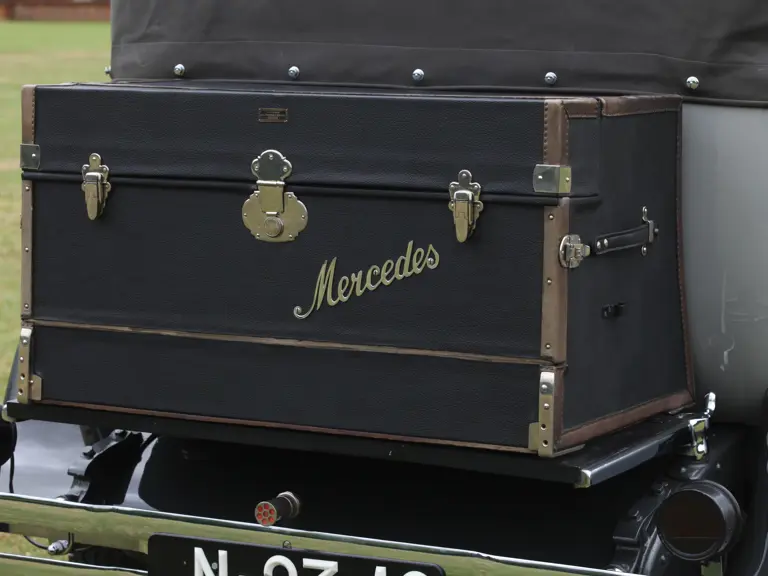

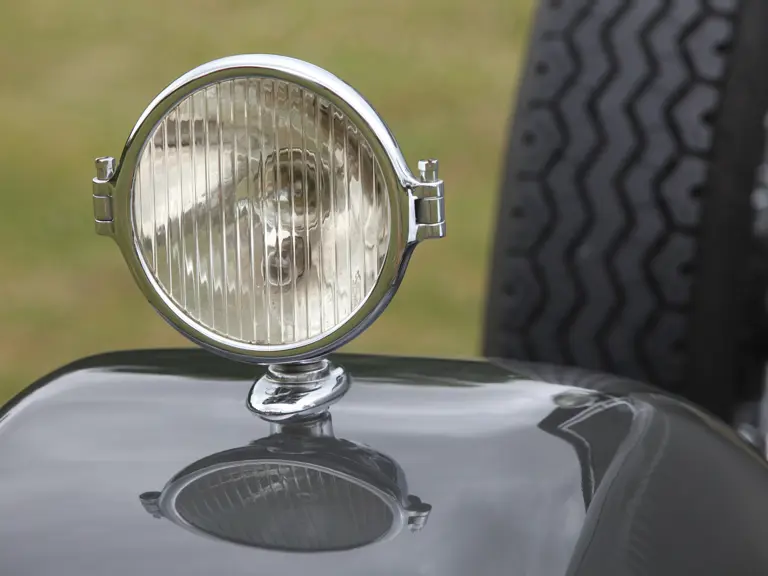
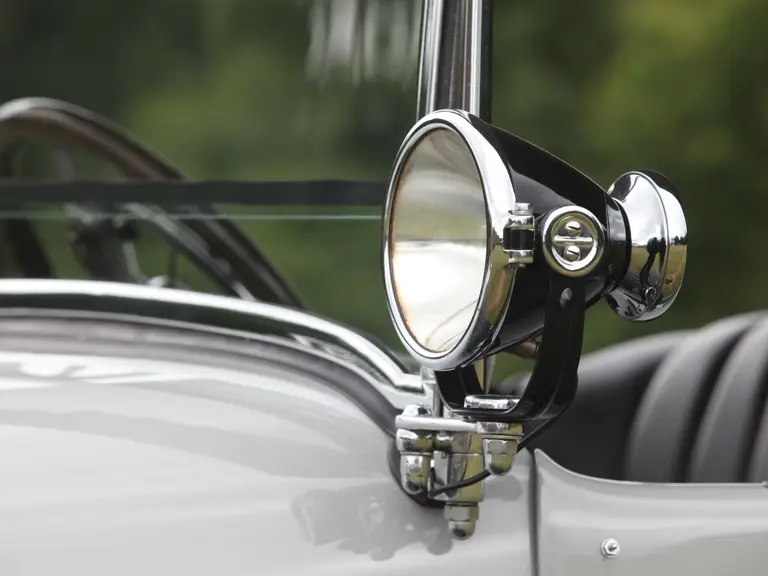
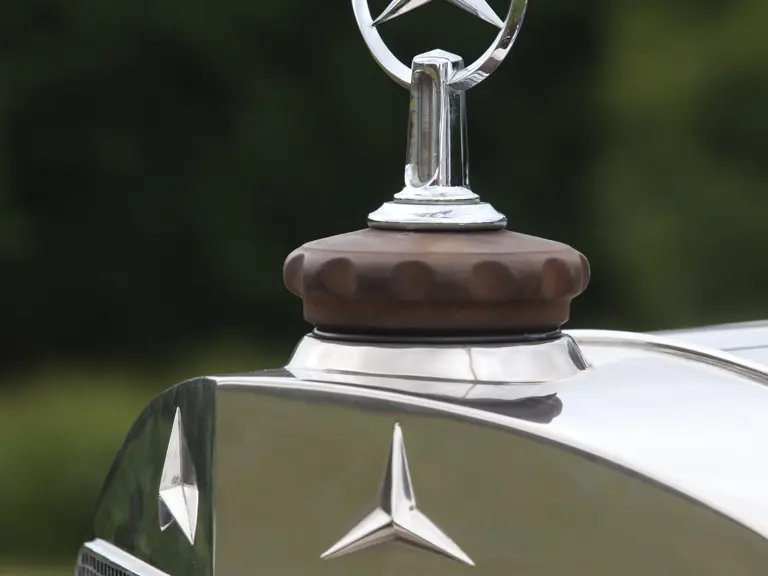
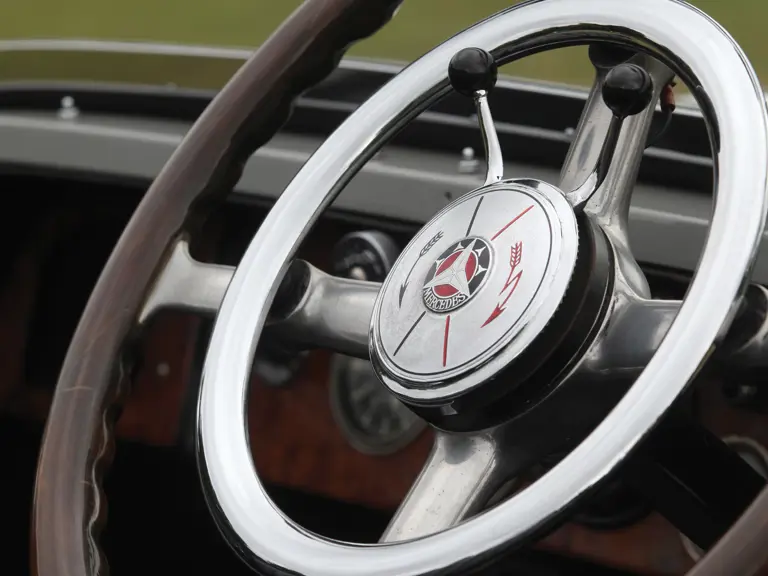
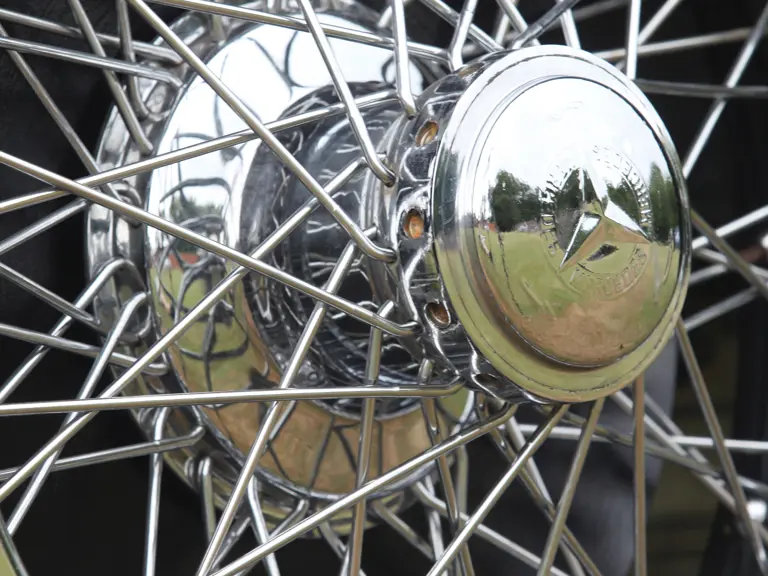
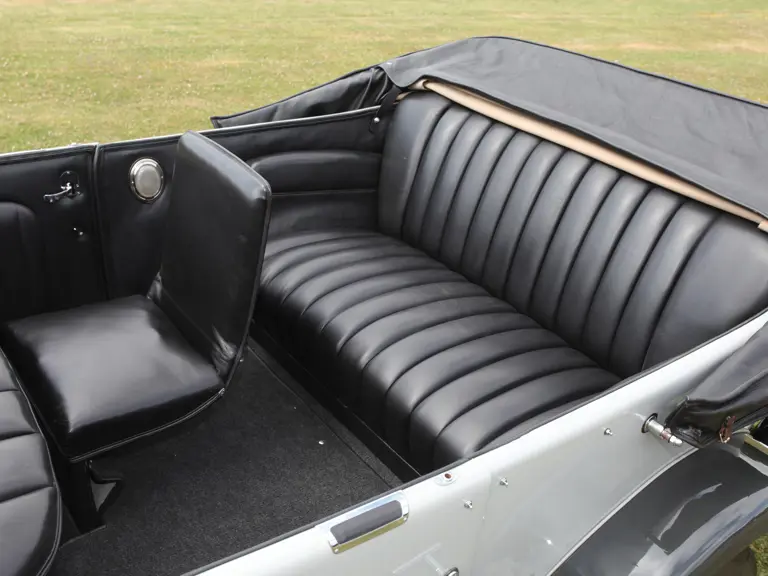
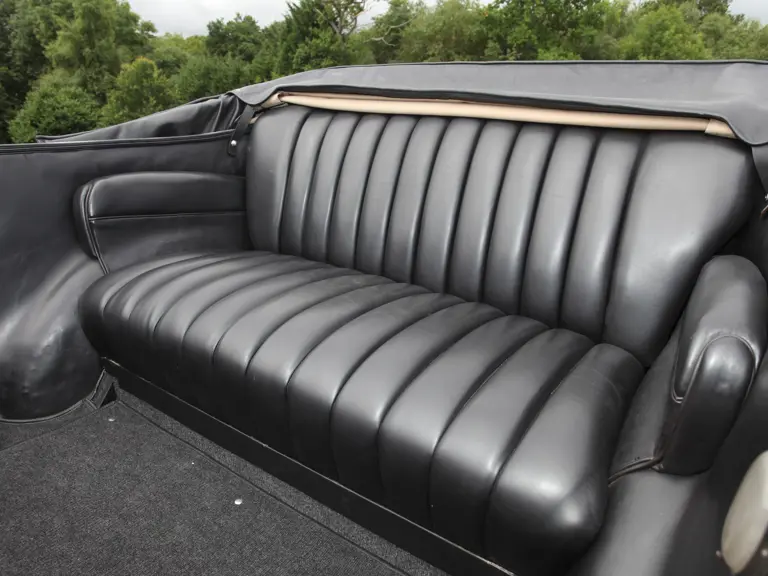

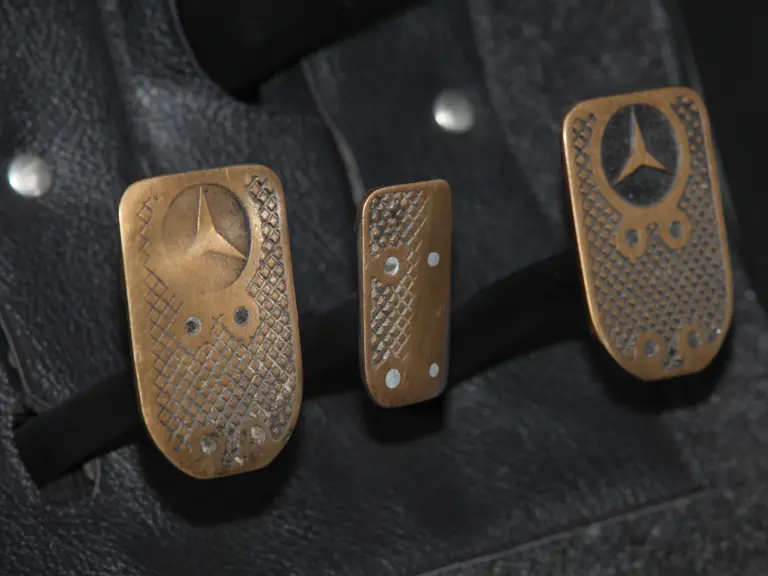
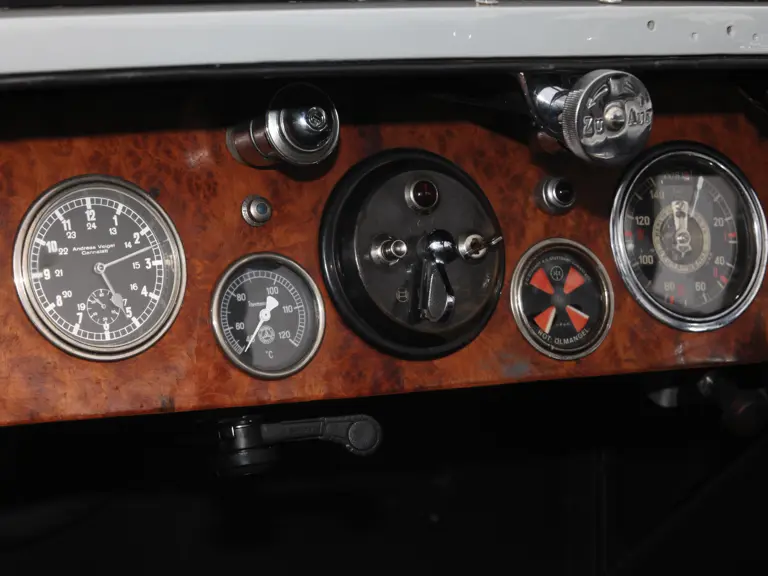
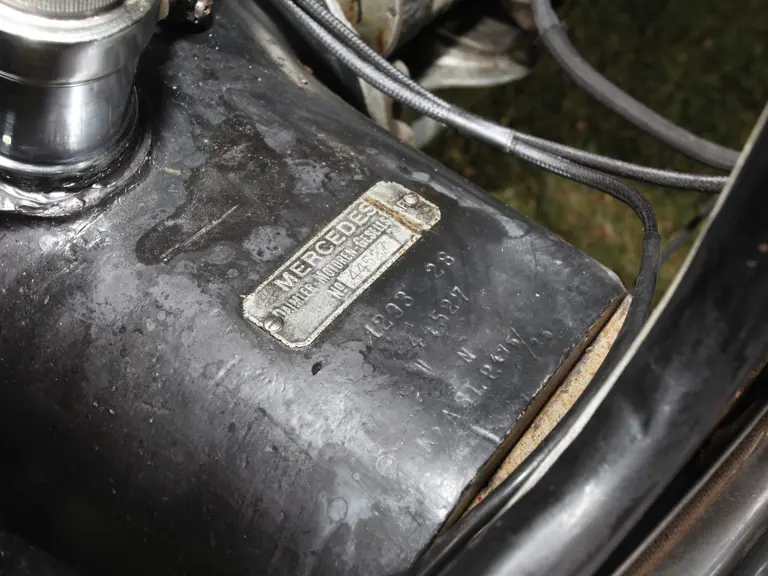
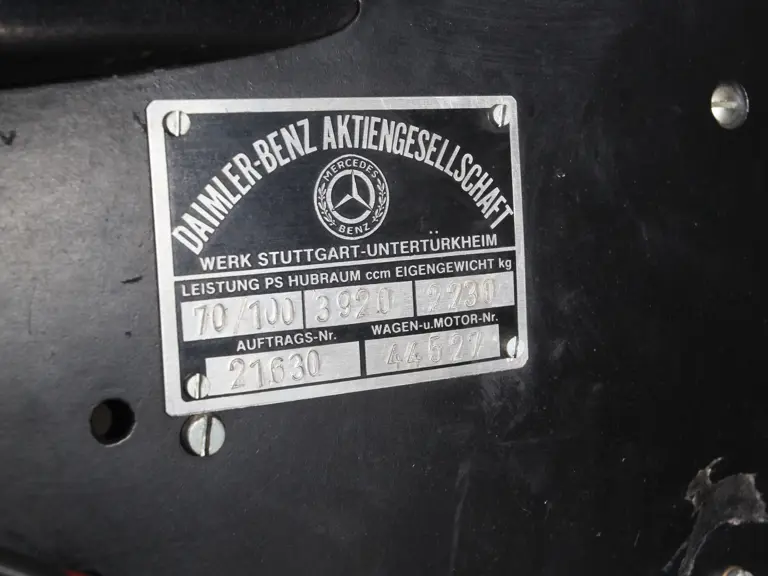
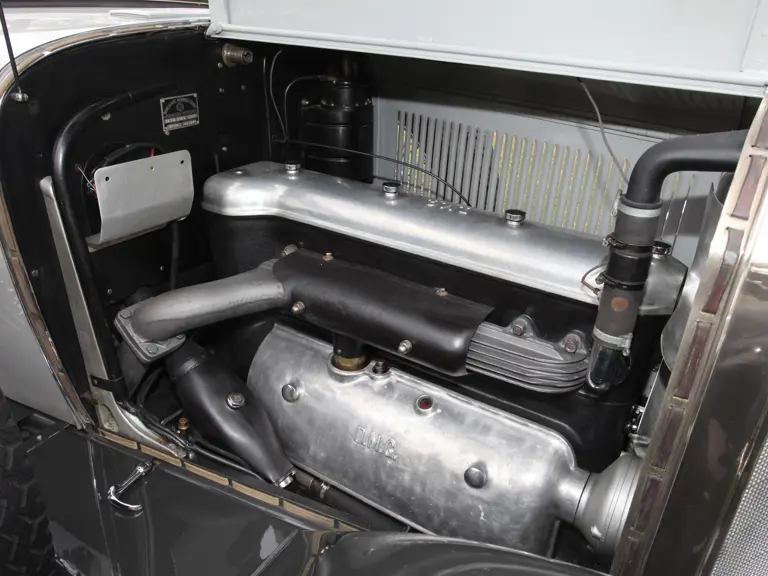
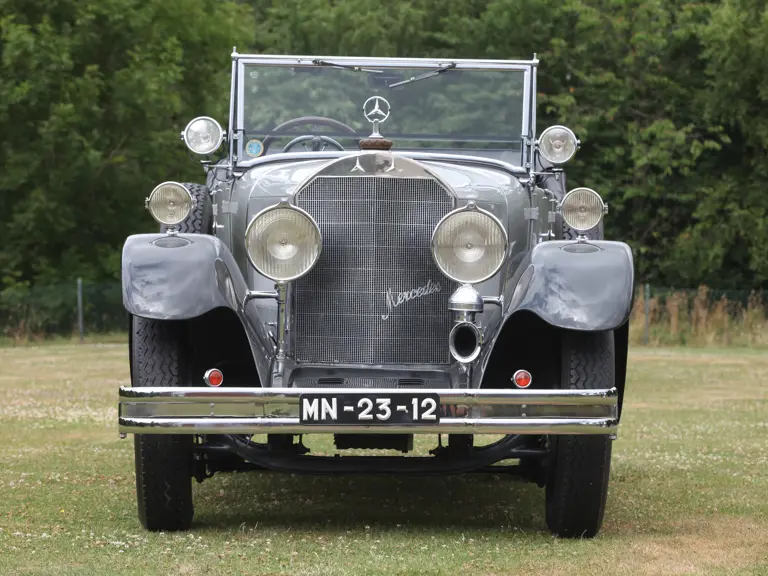
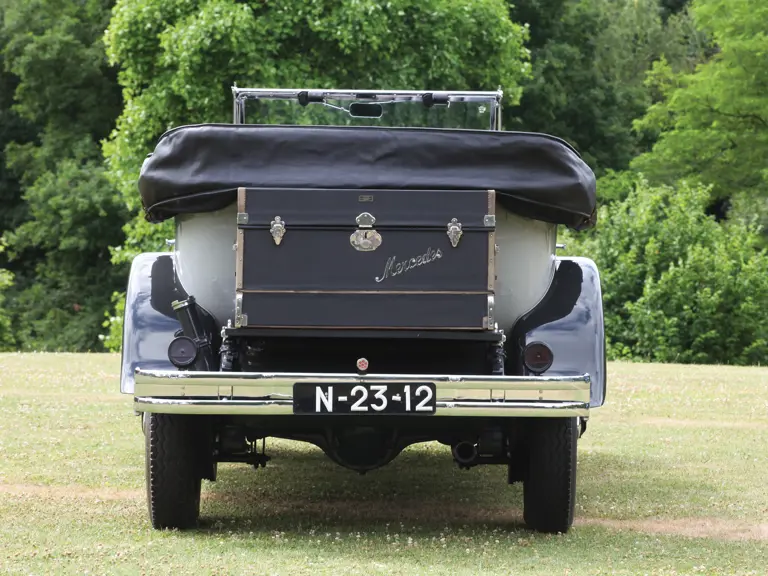
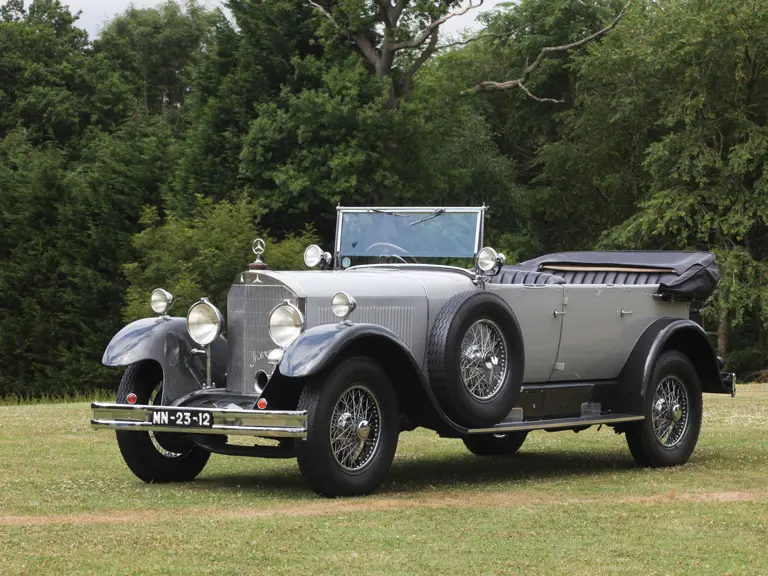
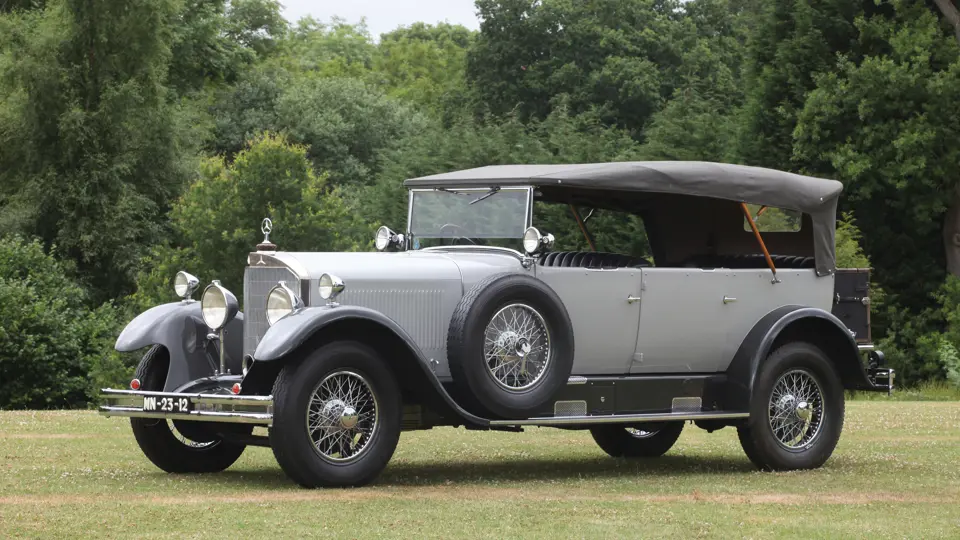
 | London, United Kingdom
| London, United Kingdom
